Forest Tent Caterpillar Outbreak, and Friendly Flies
On June 20, 2018 we were just starting a vacation trip across the UP and Canada (as far as Montreal). When we stopped at a roadside park/rest area just outside of Newberry, Sam noticed some Forest Tent Caterpillars (Malacosoma disstria) crawling on the side of the restroom buildings.
Then, we noticed more.
And still more.
And then realized that there was a major plague of them, coating tree trunks
and crawling around looking for places to make cocoons.
A lot of them weren’t making it, though. Some were mummified, probably from a fungus infection
While others had been massacred in quantities
Probably by predatory stink bugs, like this one that was hanging around trying to look all innocent.
This is evidently the second year of the outbreak around Newberry, and one of the key signs that it is the second year is the presence of these guys:
These are “Friendly Flies”, Sarcophaga aldrichi”. They lay their maggots on tent caterpillar pupae, which they devour before dropping to the ground themselves to pupate in the soil. The adults then emerge the next year just in time to catch the next round of tent caterpillar cocoons.
They are called “Friendly Flies” because they are quite willing to let humans approach closely, and will come and sit on you until they are shooed off.
They don’t bite, but they sure do tickle.
They are also widely known as “Government Flies” under the mistaken notion that the DNR releases them to suppress tent caterpillar plagues. This is not true, though. They appear all on their own. In the first year of the caterpillar plague, there are only a few of them, but they go absolutely nuts injecting their maggots into cocoons (they are a variety of “flesh fly”, most of which lay live maggots instead of laying eggs. It saves time). Then, the next year, there are swarms of flies that are so numerous that they can maggotize practically all of the tent caterpillars. And in the third year, there are usually few to none of the caterpillars left, and so the flies buzz around making nuisances of themselves while they look for any remaining tent caterpillars.
Anyway, while we weren’t seeing a caterpillar infestation at home, we saw them in varying quantities from Newberry almost to Ottawa. The whole way, they were defoliating the various types of aspen and cottonwood trees to the point where they mostly looked dead.
This doesn’t do the trees any good, particularly, but they usually aren’t killed and recover OK within a few weeks.
Comments are closed.



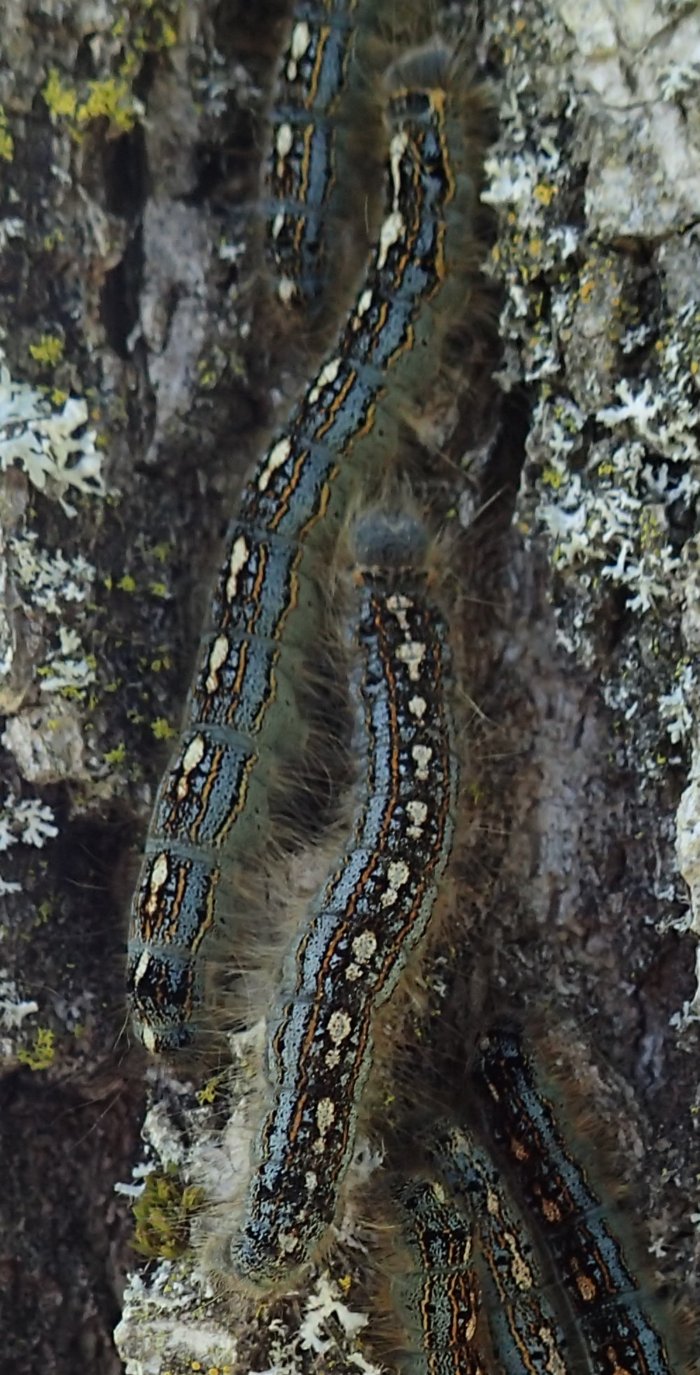
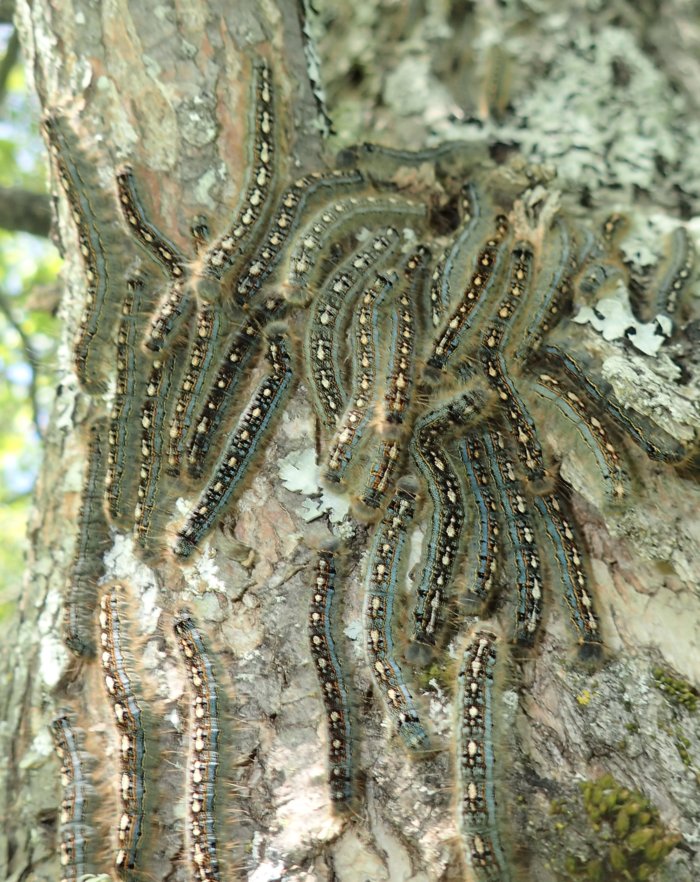
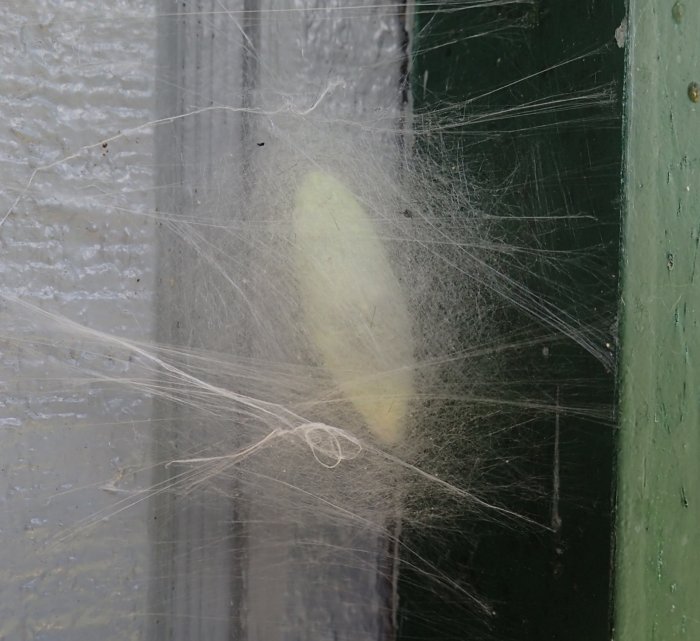

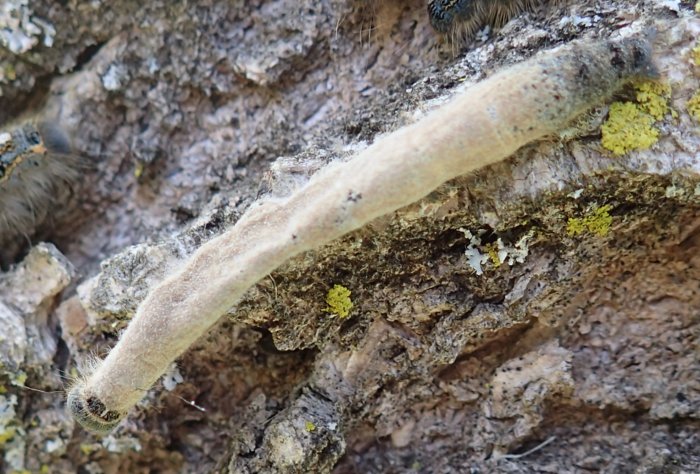




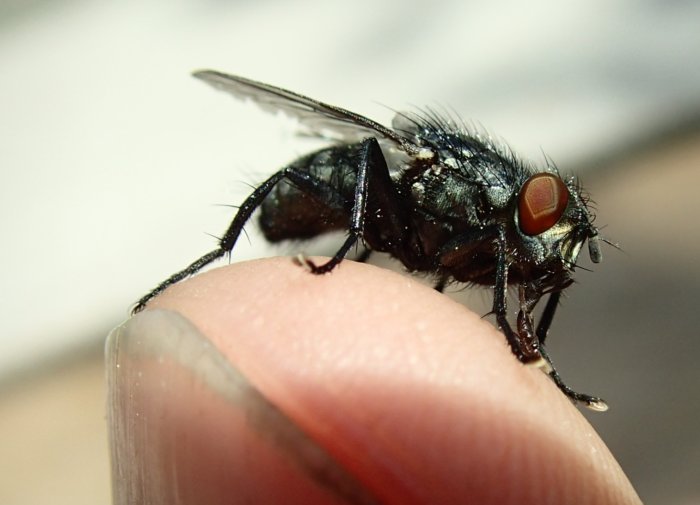

Welcome back to blogging! I had given up on you posting anything new, so I hadn’t visited in a while. Out here in Tennessee / North Carolina, we’re seeing wads of sticky webbing in some of the trees from Eastern tent caterpillar colonies spinning cooperative cocoons.
Terrific photos and story as always.
Thanks. I’ve finally accumulated enough pictures that I should be able to keep up one posting per week for the forseeable future.